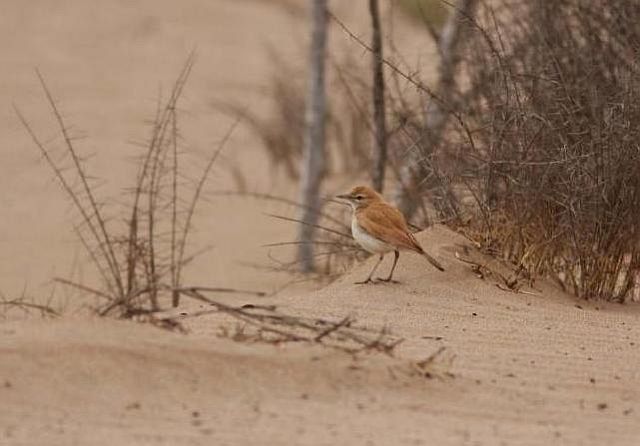Rufous-naped Lark
Posted: Sat Mar 15, 2014 5:20 pm
494. Rufous-naped Lark Mirafra africana (Rooineklewenk)
Order: Passeriformes. Family: Alaudidae
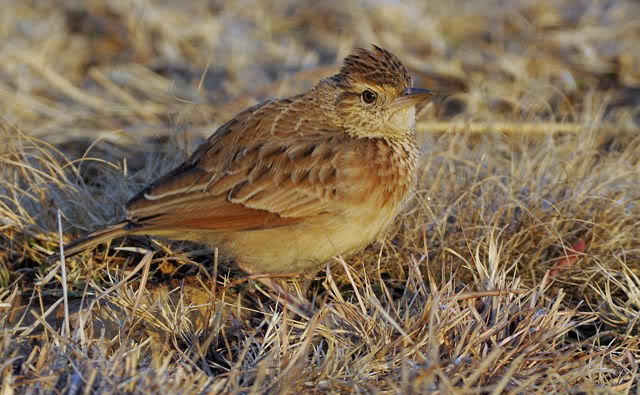
Description
15-18 cm. Sexes alike. Variable across it's range, but generally a rufous looking large stocky Lark with a heavy bill and with short but distinctive erectile rufous crest. Marked breast. Rufous nape and edges to primaries.
Distinguished by the rufous crown and wing-feather edges (usually more visible in flight than on ground), typically with much rufous colouring above and below or, in paler western birds, with white underparts faintly tinged buff and pale-edged wings.
Juvenile is darker above with buff edging to feathers.
Distribution
Although it has scattered populations across much of West Africa, the bulk of its distribution lies from Kenya and Tanzania to Angola, Zambia and southern Africa, absent from the West of the region.
Habitat
Found in a range of habitats, but always with open ground nearby.
Diet
It mainly eats arthropods supplemented with seeds, doing most of its foraging on the ground, gleaning food from the bases of plants and taking termites as they emerge from their mound.
Breeding
Monogamous and territorial. The nest is a partially or completely domed cup of dry grass, lined with finer plant material. It is typically placed in a scrape in the ground at the base of a grass tuft or shrub. Egg-laying season is from July-April, peaking from October-February. It lays 2-3, rarely 4 eggs, which are incubated for about 14-15 days. The female broods the chicks and does most of their feeding, while the male contributes to a lesser extent. The young eventually leave the nest after about 10-12 days, before they are able to fly.
Call
Mainly a tree tree-leeoo whistle. Listen to Bird Call. Characteristically sings from top of fence post, termite mound or shrub.
Status
Common resident, sedentary and usually solitary or in pairs.
Order: Passeriformes. Family: Alaudidae

Description
15-18 cm. Sexes alike. Variable across it's range, but generally a rufous looking large stocky Lark with a heavy bill and with short but distinctive erectile rufous crest. Marked breast. Rufous nape and edges to primaries.
Distinguished by the rufous crown and wing-feather edges (usually more visible in flight than on ground), typically with much rufous colouring above and below or, in paler western birds, with white underparts faintly tinged buff and pale-edged wings.
Juvenile is darker above with buff edging to feathers.
Distribution
Although it has scattered populations across much of West Africa, the bulk of its distribution lies from Kenya and Tanzania to Angola, Zambia and southern Africa, absent from the West of the region.
Habitat
Found in a range of habitats, but always with open ground nearby.
Diet
It mainly eats arthropods supplemented with seeds, doing most of its foraging on the ground, gleaning food from the bases of plants and taking termites as they emerge from their mound.
Breeding
Monogamous and territorial. The nest is a partially or completely domed cup of dry grass, lined with finer plant material. It is typically placed in a scrape in the ground at the base of a grass tuft or shrub. Egg-laying season is from July-April, peaking from October-February. It lays 2-3, rarely 4 eggs, which are incubated for about 14-15 days. The female broods the chicks and does most of their feeding, while the male contributes to a lesser extent. The young eventually leave the nest after about 10-12 days, before they are able to fly.
Call
Mainly a tree tree-leeoo whistle. Listen to Bird Call. Characteristically sings from top of fence post, termite mound or shrub.
Status
Common resident, sedentary and usually solitary or in pairs.
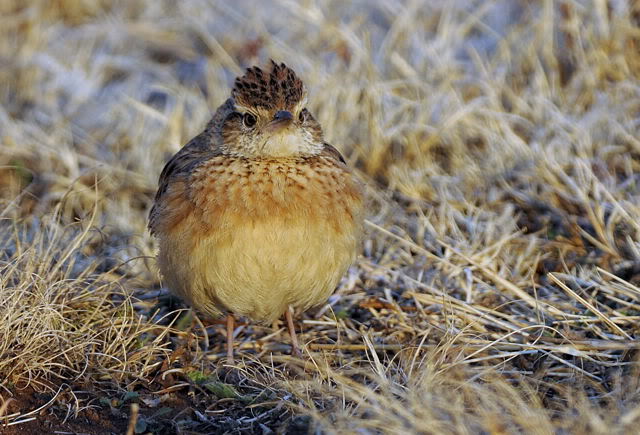
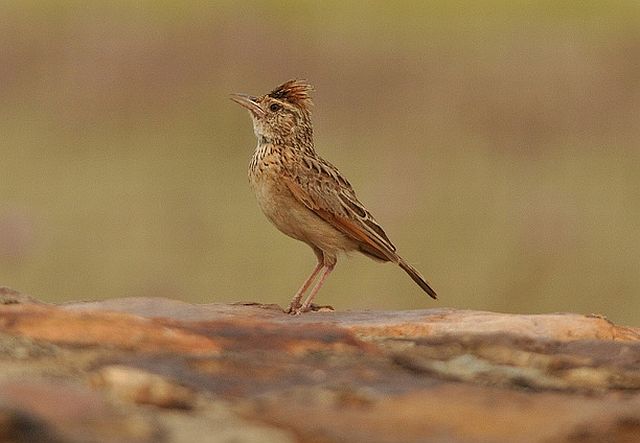 © Joan
© Joan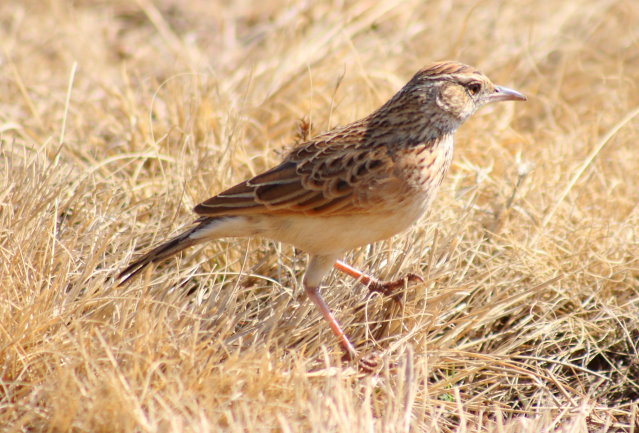 © Flutterby
© Flutterby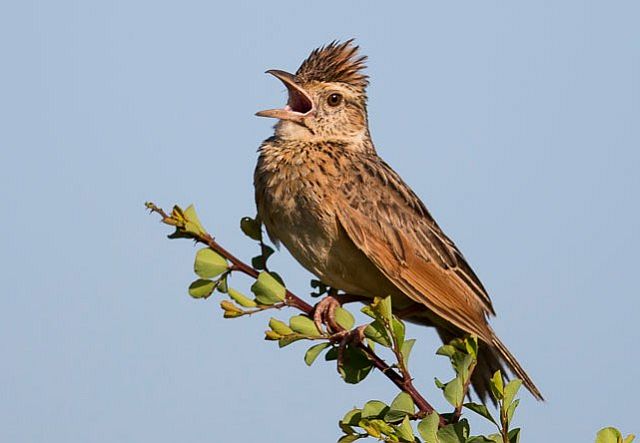 © Pumbaa
© Pumbaa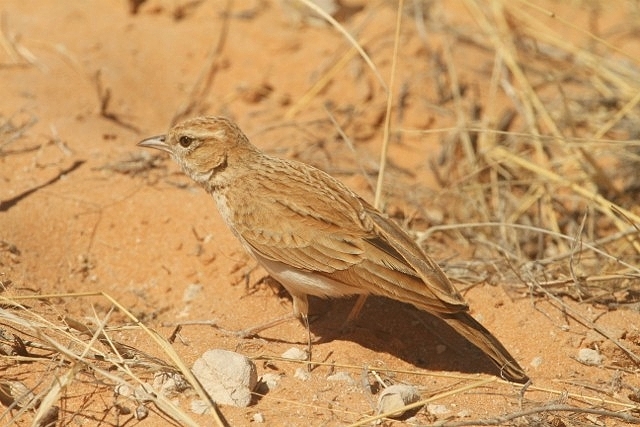
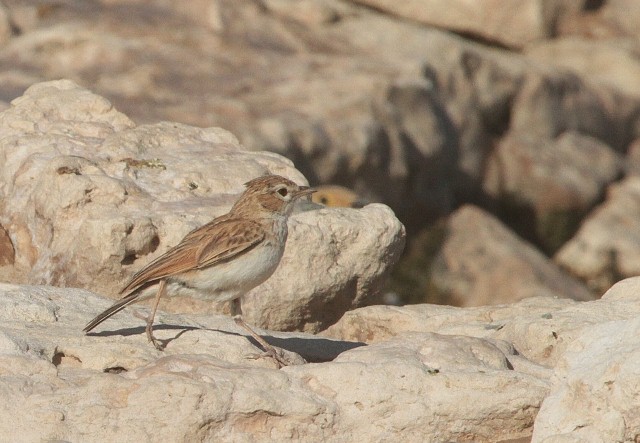
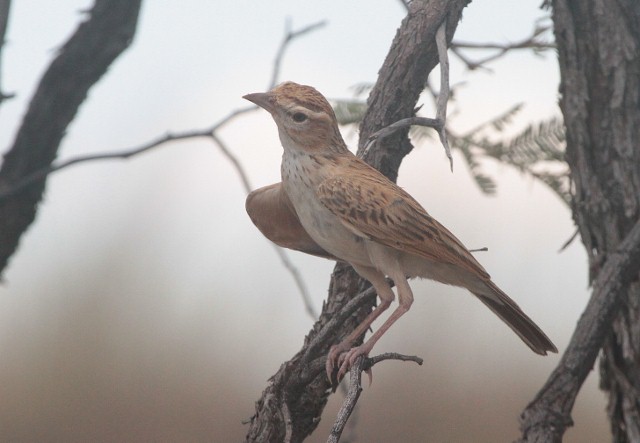
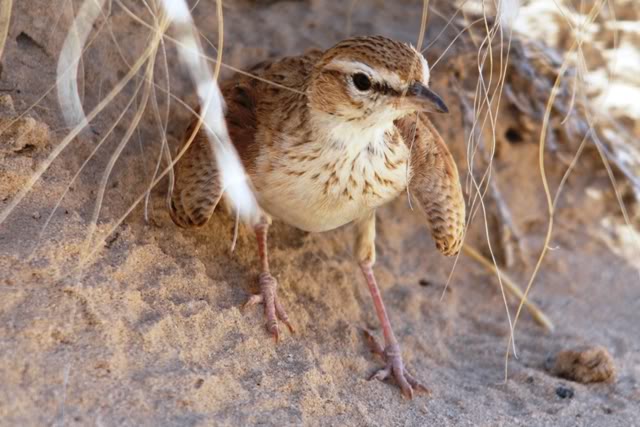 © Mel
© Mel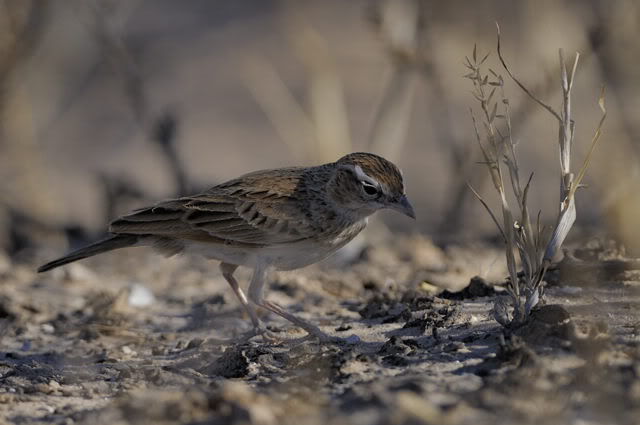 © Dewi
© Dewi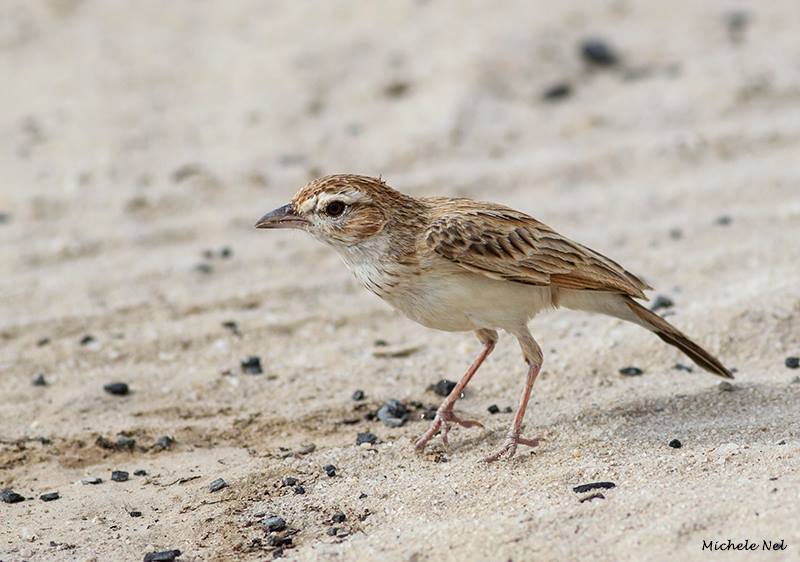 © Michele Nel
© Michele Nel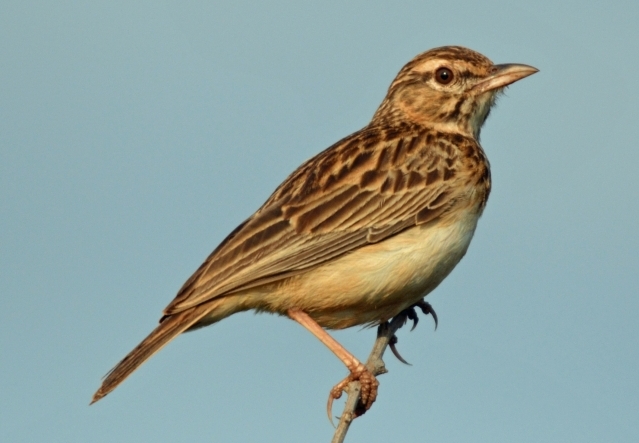 © BluTuna
© BluTuna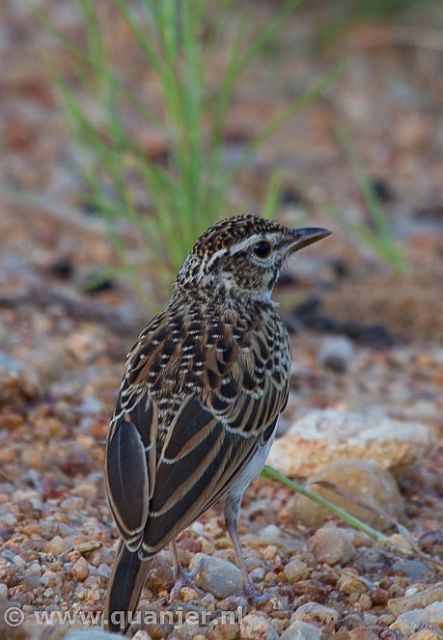 © Guinea Pig
© Guinea Pig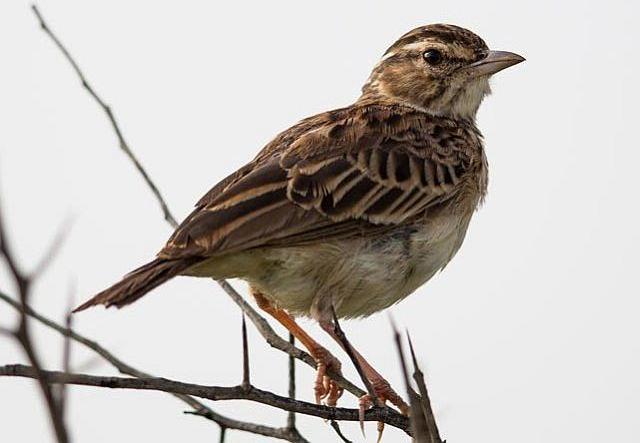 © Pumbaa
© Pumbaa 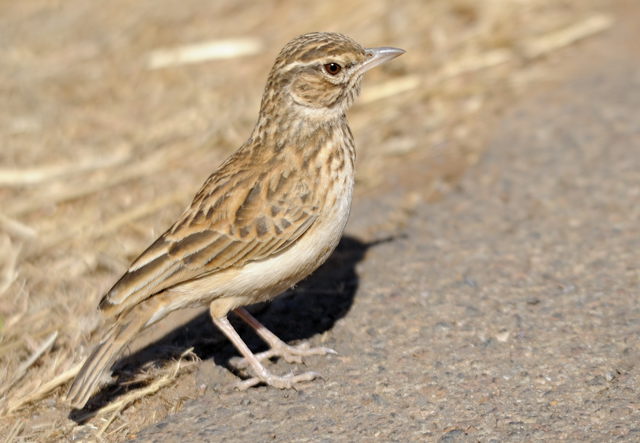 © Dewi
© Dewi